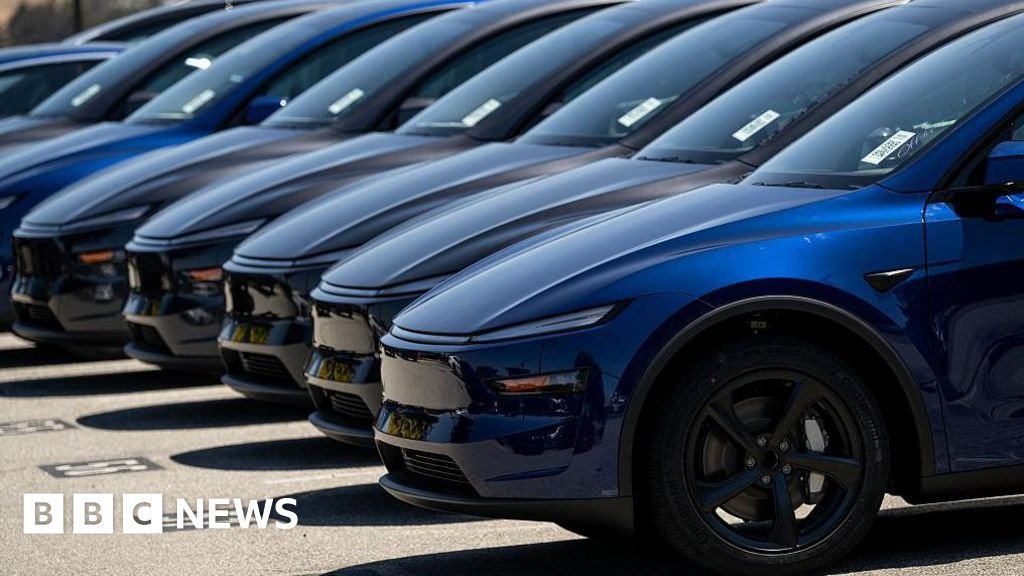Elon Musk’s Tesla reported that vehicle delivery fell 14% in the second quarter of the year as there was no sign of a weakening of the problem for electric car manufacturers.
Its delivery of just over 384,000 vehicles between April and June represent a second consecutive quarterly decline.
Tesla is facing increasing competition from its competitors, including China’s Biyard. Musk’s controversial role as a government efficiency tsar in the Trump administration has also been blamed for the decline in these figures.
Musk has since left the post – but was sent publicly with U.S. President Donald Trump in a massive spending bill promoted by the White House.
In response, Trump cuts subsidies received by Musk and even evicts him.
Trump suggests that the interim government’s Department of Efficiency, known as Doge, could be used to harm billionaires.
“Elon may get more subsidies than anyone in history,” Trump wrote on social media on Tuesday. “Maybe we should make Doge pay a good thing, hard to see?
“I’m actually talking about all this. Now,” Musk replied.
Trump said Musk’s opposition to the spending bill stems from a provision that eliminates incentives to buy electric vehicles.
“He was upset that he lost his mission to electric cars, he was very upset that he might lose more, I can tell you,” Trump told reporters on Tuesday.
While investors closely track quarterly delivery metrics, some analysts are disconnected from the numbers.
“Good news: This should mark about 14% of the bottom,” Deepwater Asset Management Gene Munster wrote on Musk’s social media site X. “I dropped 10% in September, and apartments in December.”
Munster said he expects uncertainty in the U.S. electric vehicle tax credit to increase near-term sales as buyers scramble to buy before they expire.
He said it could be crucial that Tesla launched a robot in Austin, Texas last month to push it toward robots.
“In the next two years, as long as autonomy shows measurable progress, investors will be good,” Munster added.
